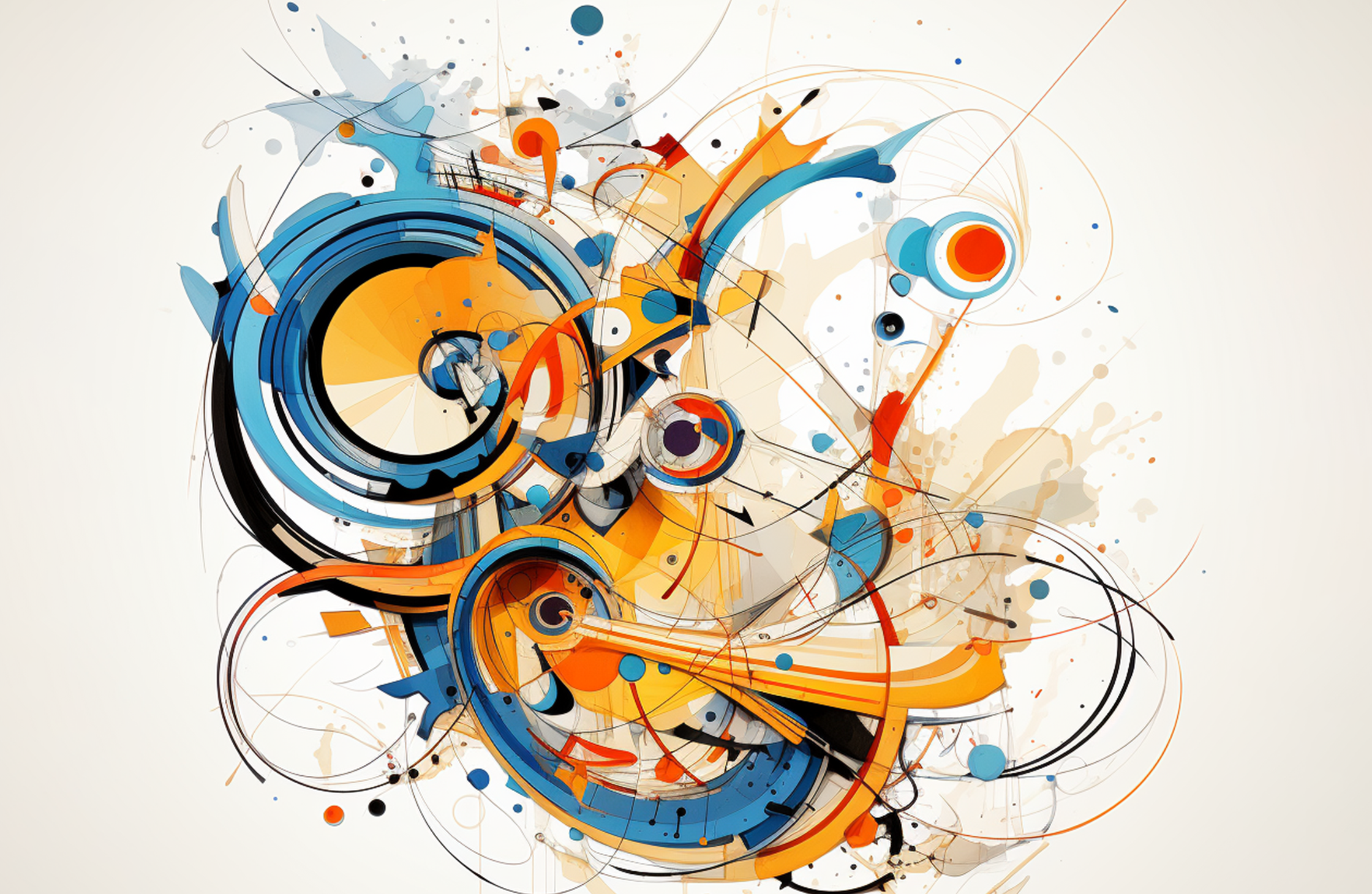“The partitioning of curiosity, inquiry and knowledge into specialized compartments is a recipe for cultural stagnation.” — Stephen Wilson
Any moment in time indicative of great scientific or technological discovery tells us that art and science are not inherently separate, but in fact form a natural partnership that encourages a deeper understanding of the world. To better paint watercolors, Leonardo Da Vinci studied flow dynamics; to better paint birds, he studied flight dynamics. Renaissance artists were regularly educated in anatomy, engineering, and mathematics to enhance their painting capabilities. Prehistoric cave painters studied and recorded zoology and anatomy, creators of stonehenge studied architecture, and the bronze age artists studied material sciences.1
Many artists have historically enriched their practice through the study of sciences; but science can also greatly benefit from the perspective of artists. Most research is conducted using ‘weird’ samples — most are western, educated, industrialized, and democratic (not to mention that those conducting the research are largely from the same demographic, and also white). 84% of psychologists are white,2 63% of science and engineering degrees awarded in 2011 went to white students,3 and 65% of life sciences researchers are white.4 Such a narrow perspective dominating fields of science not only influences what studies are being conducted and why studies are being conducted but also who those studies benefit. Regardless of how well the research is done, it is implicitly biased. It is important to question how research priorities are set and by whom, and artists are uniquely equipped to raise those questions. An important reminder, too, of why representation is crucial in the arts.
In addition to the important relationship between art and science in affecting cultural change, creativity increases “self-efficacy, coping and emotional regulation, lowers stress hormone response, enhances immune function and higher cardiovascular reactivity, reduces loneliness and isolation, enhances social support and improved social behaviors, increases exercise and adoption of healthier behaviors, and skills development.”5 It also increases effective reasoning, problem solving, and open-mindedness… which could be read to say: Art makes you smarter!!!!! With all of these reasons to participate in creative endeavors, you may be wondering how to get started if drawing or painting aren't your thing.
You can check out the events section of the Tumbleweird to see a play or music show. You can visit the newest local art gallery, Bristle Art Gallery, and take a look at what others have created. You can do a puzzle… or better yet, combine the best of both worlds and visit our local Puzzle Room, PerplEXIT, for an experience in problem solving, art, and collaboration.
- Wilson, Stephen Robert. Art + Science Now: How Scientific Research and Technological Innovation Are Becoming Key to 21st-Century Aesthetics. Thames & Hudson, 2013.
- apa.org/monitor/2020/11/datapoint-diverse
- pewresearch.org/short-reads/2015/09/15/the-race-gap-in-science-knowledge
- blog.jcu.edu/2022/10/12/increasing-racial-diversity-in-biology
- scirp.org/journal/paperinformation.aspx?paperid=121169
Ashleigh Rogers is an artist, art instructor, and facilitator in Tri-Cities, Washington. Her work explores the themes of connection and intergenerational stories through experimentation in painting, photography, installation, and sculpture. Ashleigh is passionately dedicated to facilitating accessible arts programming in her community.
Find her on Facebook: fb.com/AshleighRogersArt or Instagram: ashleigh.a.rogers


